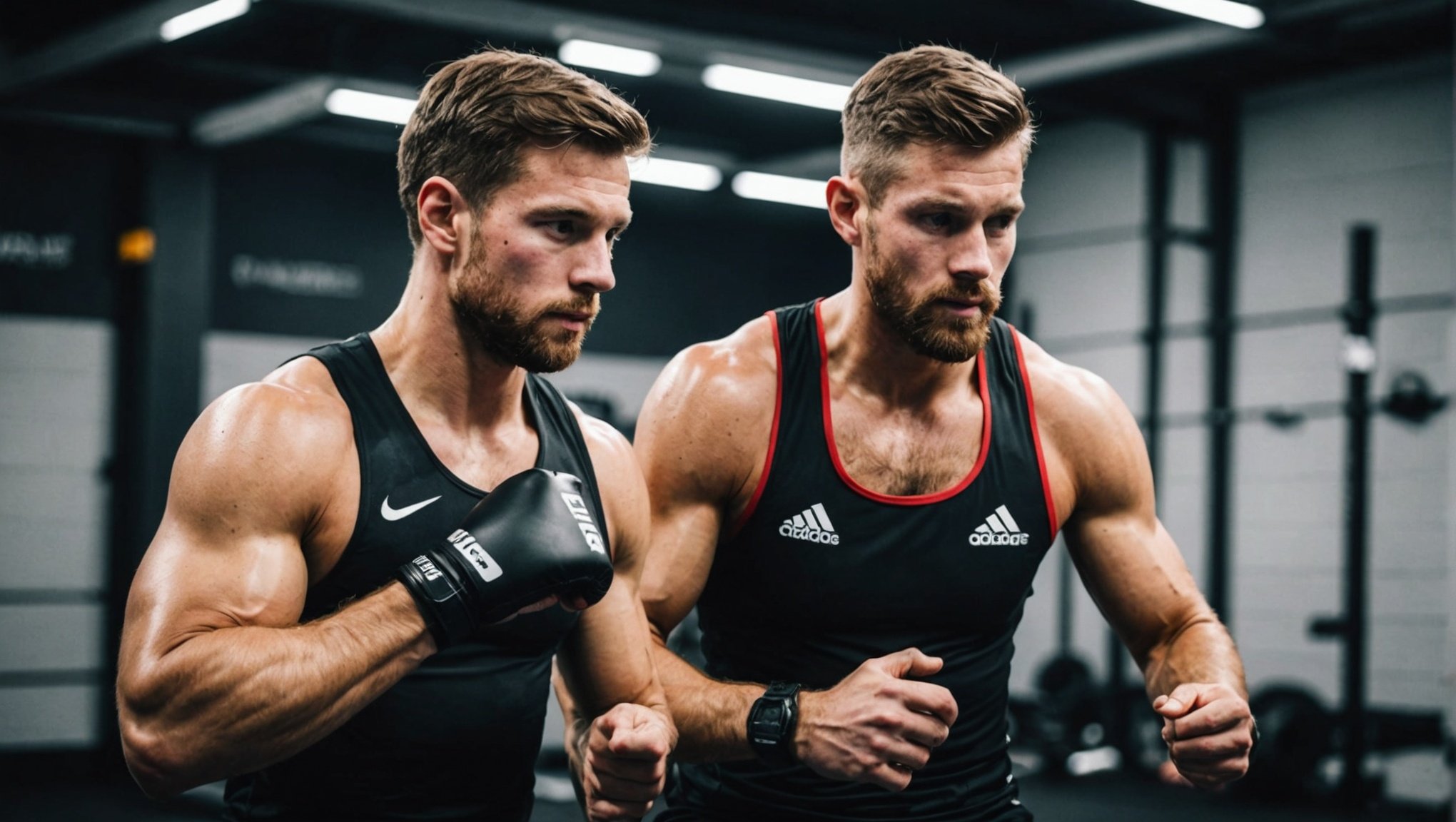Unlocking Recovery: The Vital Role of Heart Rate Variability for UK Combat Sports Athletes
Understanding Heart Rate Variability (HRV)
Heart Rate Variability, or HRV, is a metric that measures the variation in the time interval between heartbeats. This metric is increasingly recognized as a crucial indicator of an athlete’s physical and mental health, particularly in the realm of combat sports. For UK combat sports athletes, understanding and monitoring HRV can be the key to optimizing performance, enhancing recovery, and maintaining overall well-being.
What is HRV and Why is it Important?
HRV is influenced by the autonomic nervous system, which includes both the sympathetic and parasympathetic branches. The sympathetic branch is often associated with the ‘fight or flight’ response, while the parasympathetic branch promotes relaxation and recovery. A higher HRV typically indicates a stronger parasympathetic activity, suggesting better recovery and adaptability to stress.
Additional reading : Unlocking Success: Effective Tactical Strategies for UK Judo Competitors in Match Preparation
- **Higher HRV**: Indicates stronger parasympathetic activity, better recovery, and adaptability to stress.
- **Lower HRV**: May indicate higher stress levels, fatigue, or overtraining.
Monitoring HRV in Combat Sports
For combat sports athletes, monitoring HRV is essential for several reasons:
Performance Optimization
HRV can help athletes and coaches identify optimal training times and intensities. Here’s how:
Also to read : Unlocking Competitive Potential: The Role of Mindfulness for UK Combat Sports Athletes
- Peak Performance: Athletes with higher HRV are generally more recovered and ready for intense training or competition.
- Avoiding Overtraining: Low HRV can signal overtraining, allowing athletes to adjust their training schedules to avoid burnout.
Recovery Strategies
HRV data can guide recovery strategies, ensuring athletes are adequately rested before their next training session or competition.
- Active Recovery: Activities like light cardio, stretching, or yoga can help improve HRV and aid in recovery.
- Rest and Sleep: Adequate sleep and rest are crucial for HRV recovery. Athletes should aim for 7-9 hours of sleep per night.
Mental Health
HRV is also linked to mental health, as it reflects the body’s ability to manage stress.
- Stress Management: High HRV indicates better stress resilience. Techniques like meditation, deep breathing, and mindfulness can help improve HRV.
- Anxiety and Depression: Monitoring HRV can help identify early signs of mental health issues, allowing for timely intervention.
Tools and Technologies for HRV Monitoring
Several tools and technologies are available to help athletes monitor their HRV effectively.
Heart Rate Monitors
Heart rate monitors are a staple in many athletes’ training kits. Here are some of the best options:
| Device | Key Features | Pros | Cons |
|---|---|---|---|
| Garmin HRM Dual | Heart rate monitoring, HRV tracking, long battery life | Accurate, comfortable, long battery life | Complex strap adjustment, fiddly battery replacement[3] |
| Wahoo Tickr | Simultaneous connection to multiple devices, accurate data | Easy to adjust, consistent data, budget-friendly | Occasional data drops[3] |
| Polar H9 | Heart rate monitoring, HRV tracking, easy strap adjustment | Accurate, comfortable, easy battery replacement | Slightly more expensive than Wahoo Tickr[3] |
Mobile Apps
Mobile apps can provide a convenient and comprehensive way to monitor HRV and other health metrics.
- Cardiio: This app uses your phone’s camera to measure heart rate and blood oxygen levels. It also offers quick workouts and detailed health tracking[2].
- Athlytic: This app analyzes data from your Apple Watch to provide insights on recovery, exertion, and sleep. It also offers personalized training recommendations and detailed workout analysis[5].
Practical Insights and Actionable Advice
Here are some practical tips for UK combat sports athletes to integrate HRV monitoring into their training regimen:
Daily Monitoring
- Start Each Day with a Baseline: Use a heart rate monitor or app to check your HRV first thing in the morning to set a baseline for the day.
- Track Trends: Monitor daily, weekly, and monthly trends to identify patterns and make informed training decisions.
Training Adjustments
- Adjust Intensity Based on HRV: If your HRV is low, consider reducing the intensity of your training or taking an extra rest day.
- Incorporate Recovery Sessions: Include light activity days or active recovery sessions to help improve HRV.
Mental Health Support
- Mindfulness and Meditation: Regular mindfulness and meditation practices can help improve HRV and overall mental health.
- Seek Professional Help: If you notice persistent low HRV or other signs of mental health issues, seek help from a healthcare professional.
Case Study: Implementing HRV Monitoring in a Combat Sports Team
To illustrate the practical application of HRV monitoring, let’s consider a case study involving a UK combat sports team.
Background
A local mixed martial arts (MMA) team decided to incorporate HRV monitoring into their training program to improve performance and reduce injuries.
Implementation
- Each athlete was given a heart rate monitor: The team used the Polar H9 heart rate monitor for its accuracy and ease of use.
- Daily HRV checks: Athletes checked their HRV every morning and reported the data to the coaching staff.
- Training adjustments: Based on HRV data, the coaches adjusted the intensity and volume of training for each athlete.
Results
- Improved Performance: The team noticed a significant improvement in performance, with athletes feeling more recovered and ready for training.
- Reduced Injuries: By avoiding overtraining, the team saw a reduction in injuries, allowing athletes to train more consistently.
- Enhanced Mental Health: Athletes reported better mental health and reduced stress levels, contributing to a more positive team environment.
Heart Rate Variability is a powerful tool for UK combat sports athletes looking to optimize their performance, enhance recovery, and maintain overall health. By understanding HRV, using the right monitoring tools, and implementing practical strategies, athletes can gain a competitive edge while ensuring their long-term well-being.
Final Tips
- Consistency is Key: Make HRV monitoring a part of your daily routine.
- Combine with Other Metrics: Use HRV in conjunction with other health metrics like sleep quality, physical activity, and mental health indicators.
- Seek Expert Advice: Consult with coaches, trainers, or healthcare professionals to get the most out of your HRV data.
In the world of combat sports, where physical and mental demands are high, unlocking the potential of HRV can be the difference between victory and defeat. By embracing this technology and integrating it into their training regimens, UK combat sports athletes can achieve new heights of performance and health.










